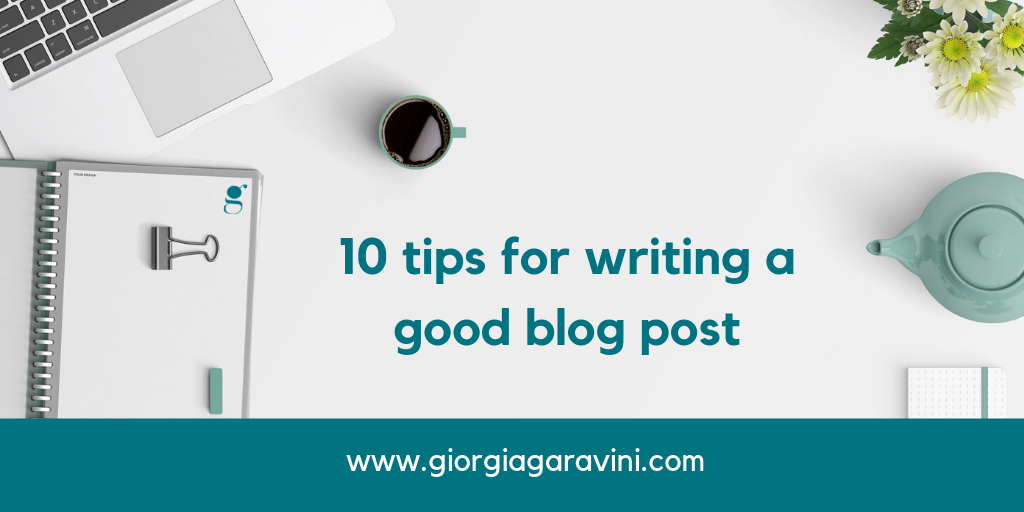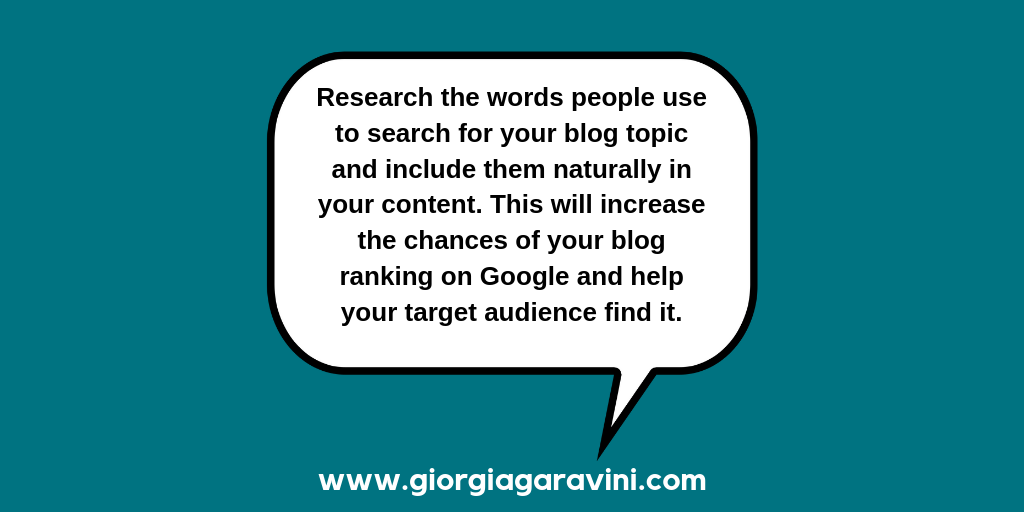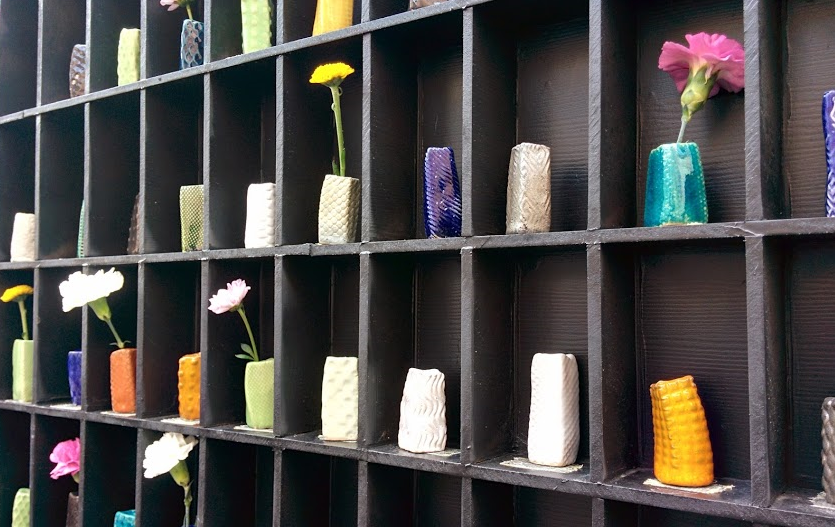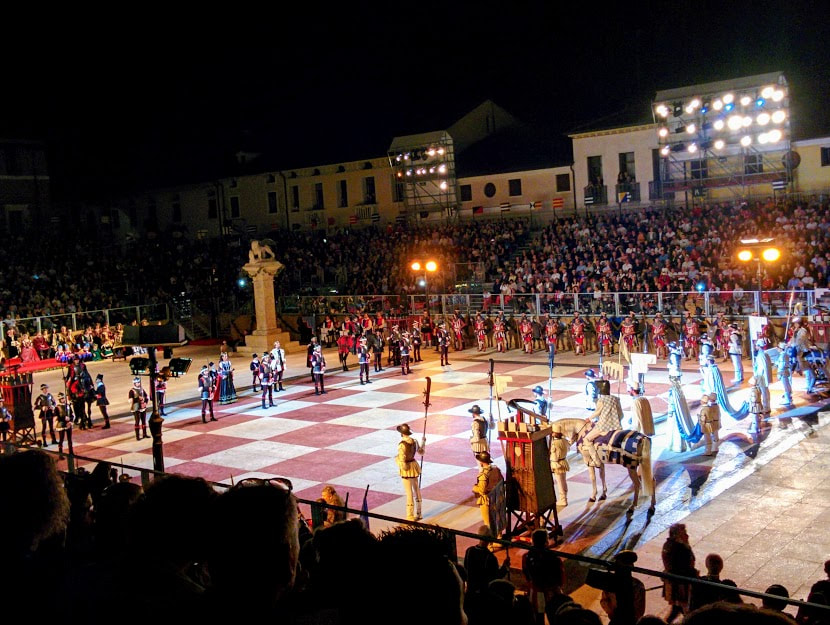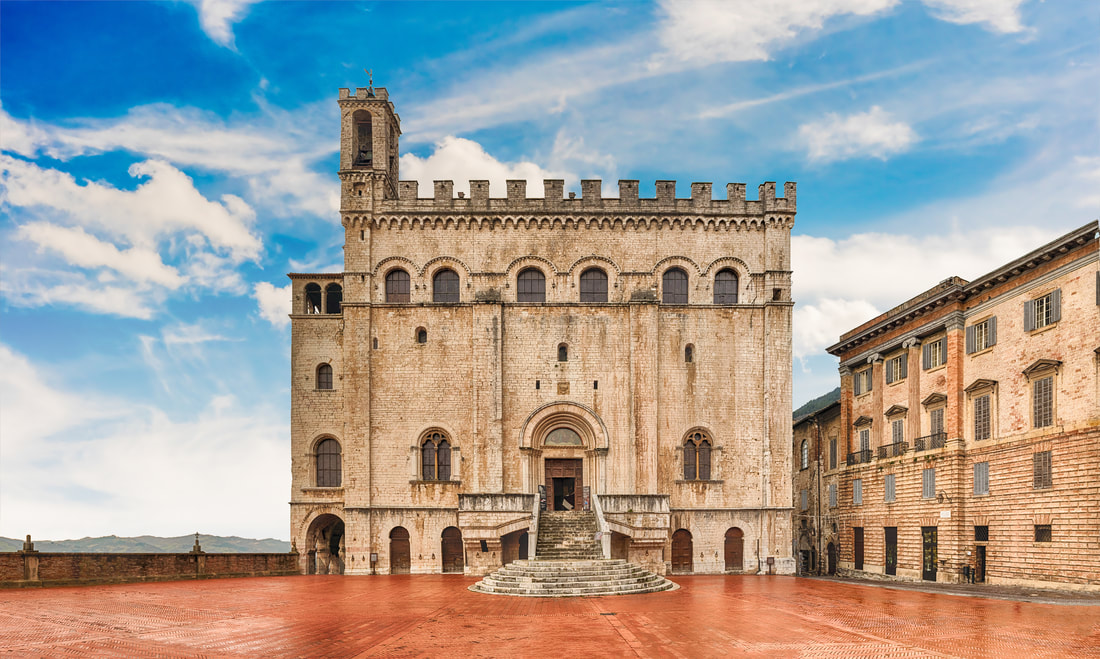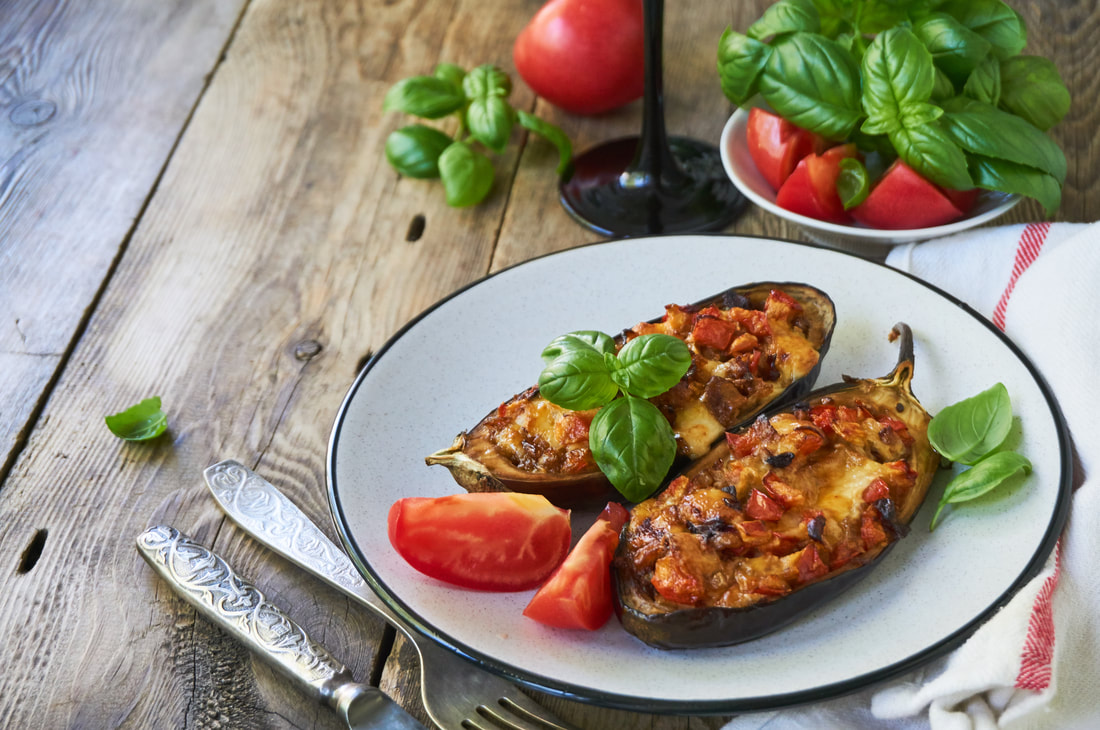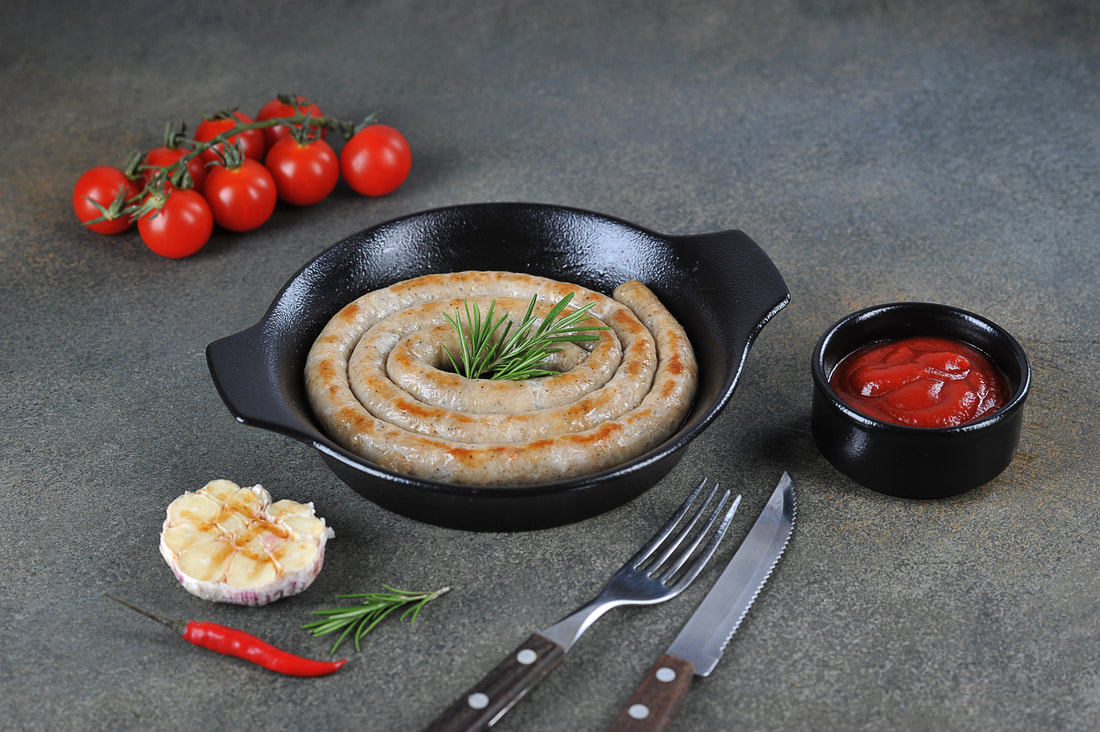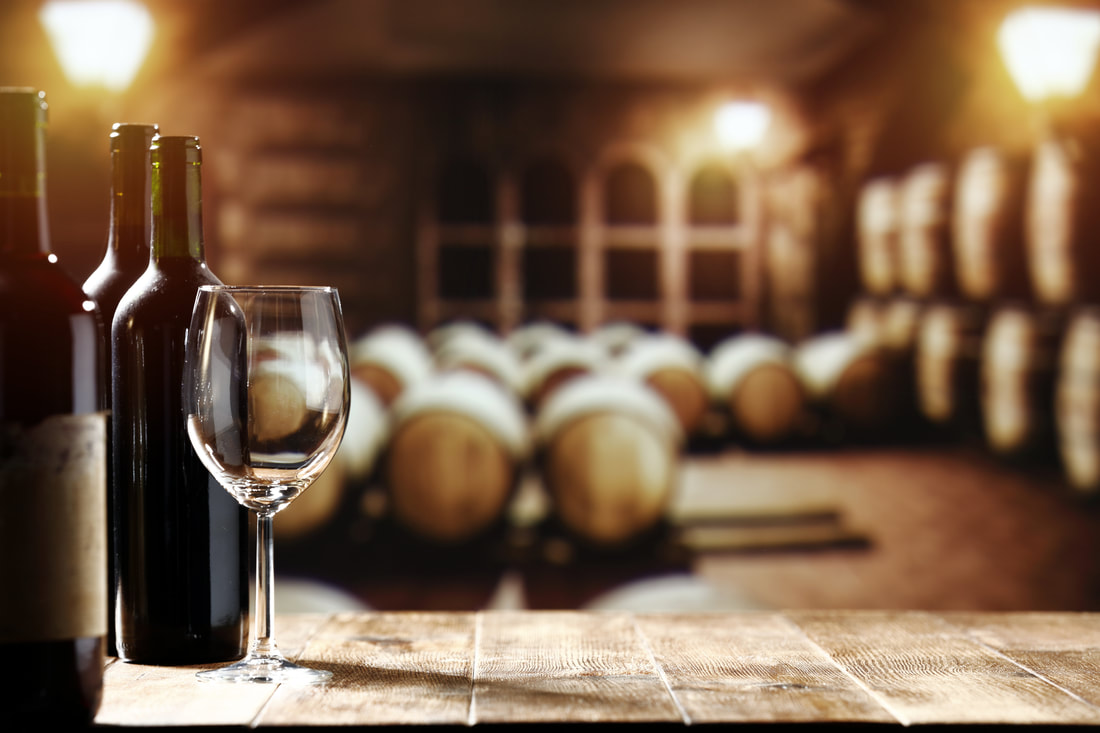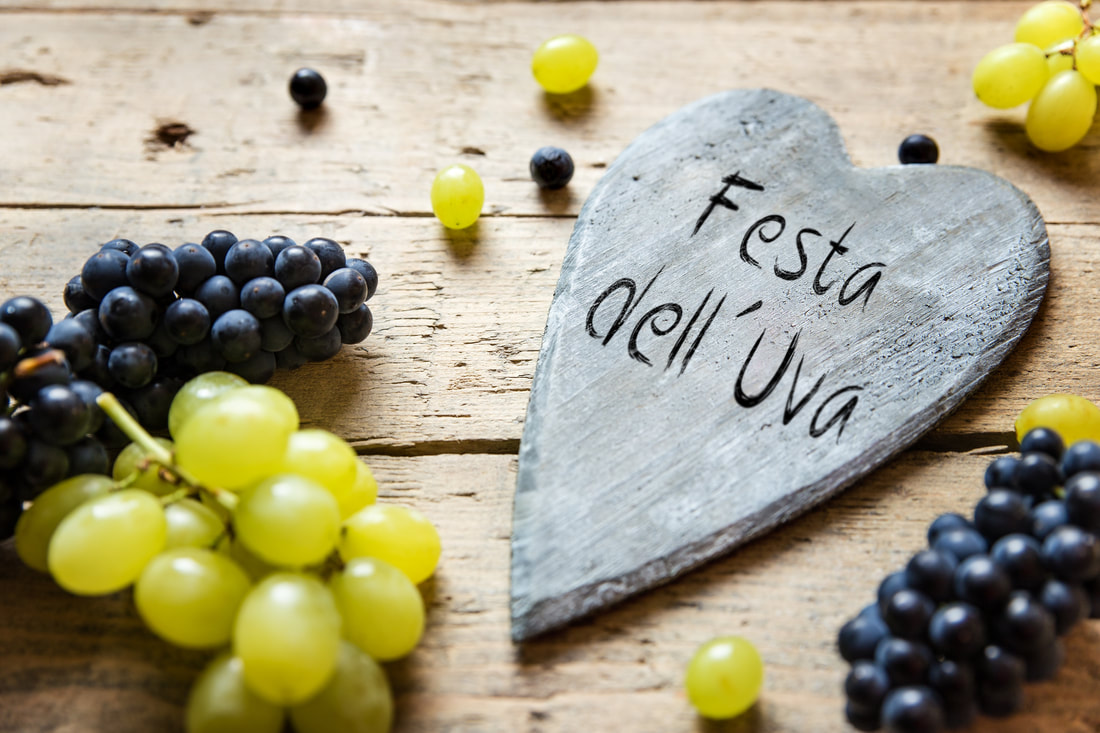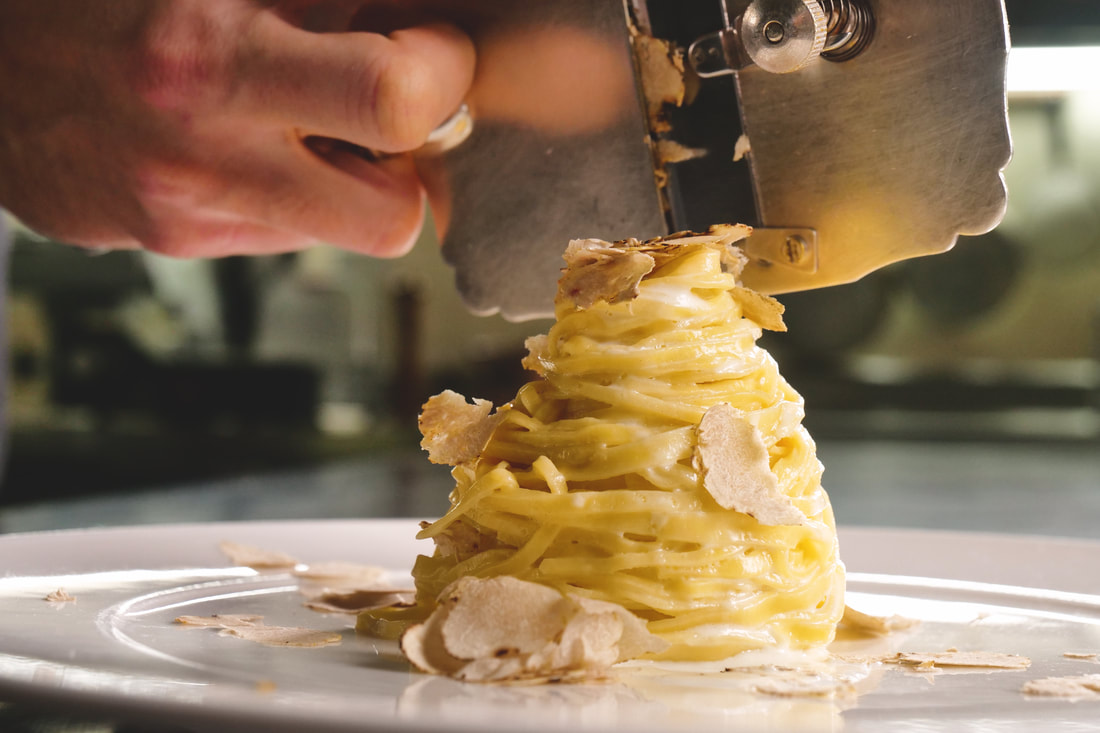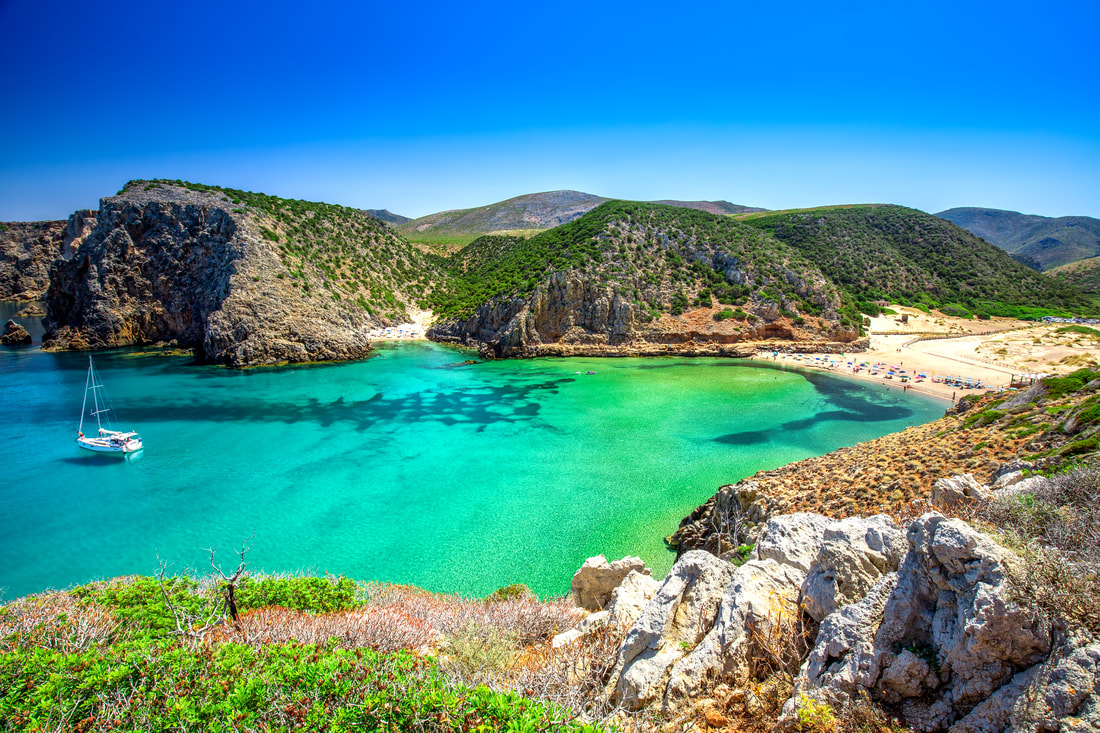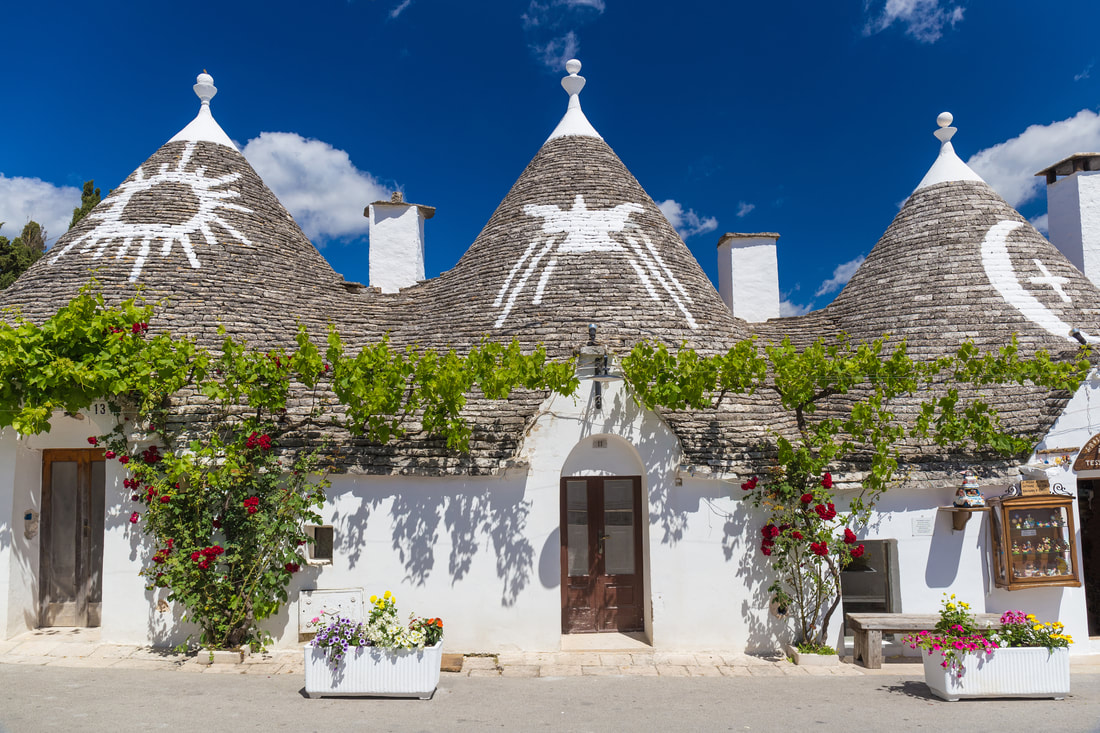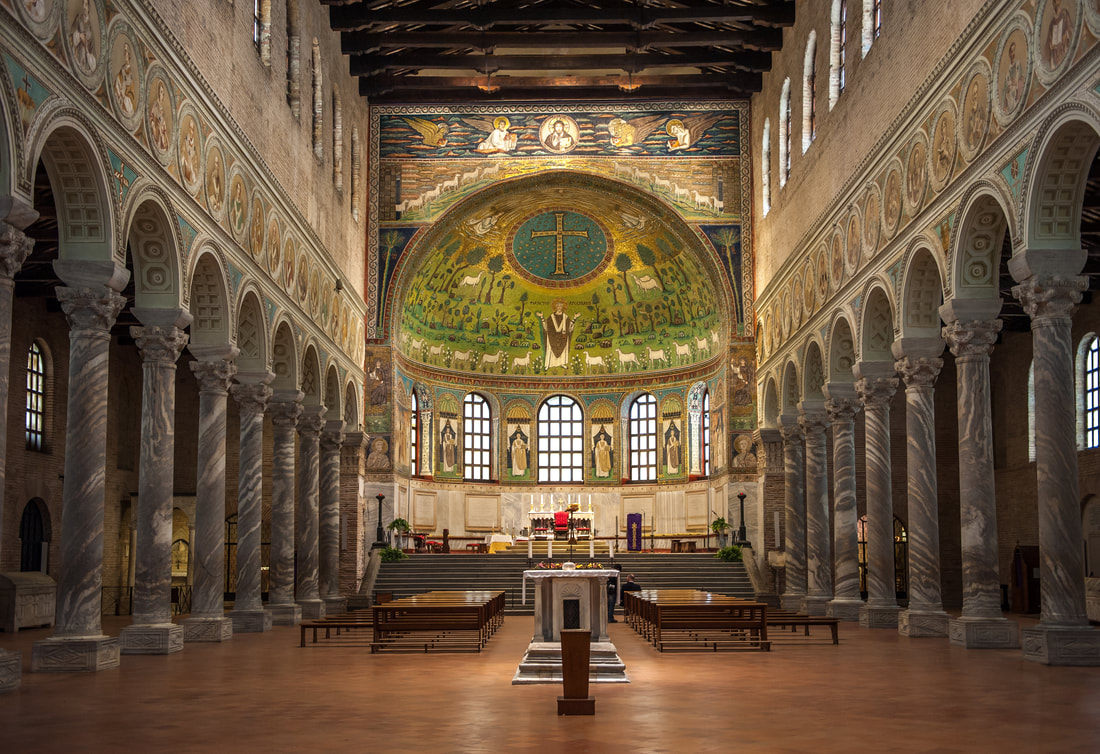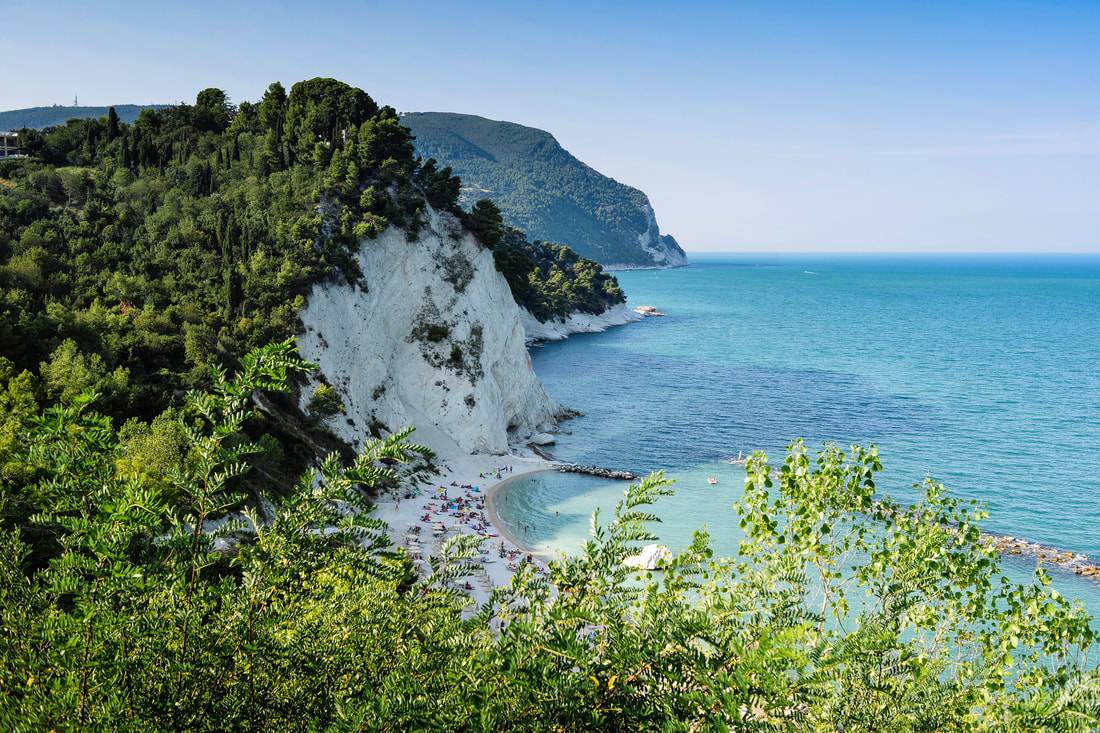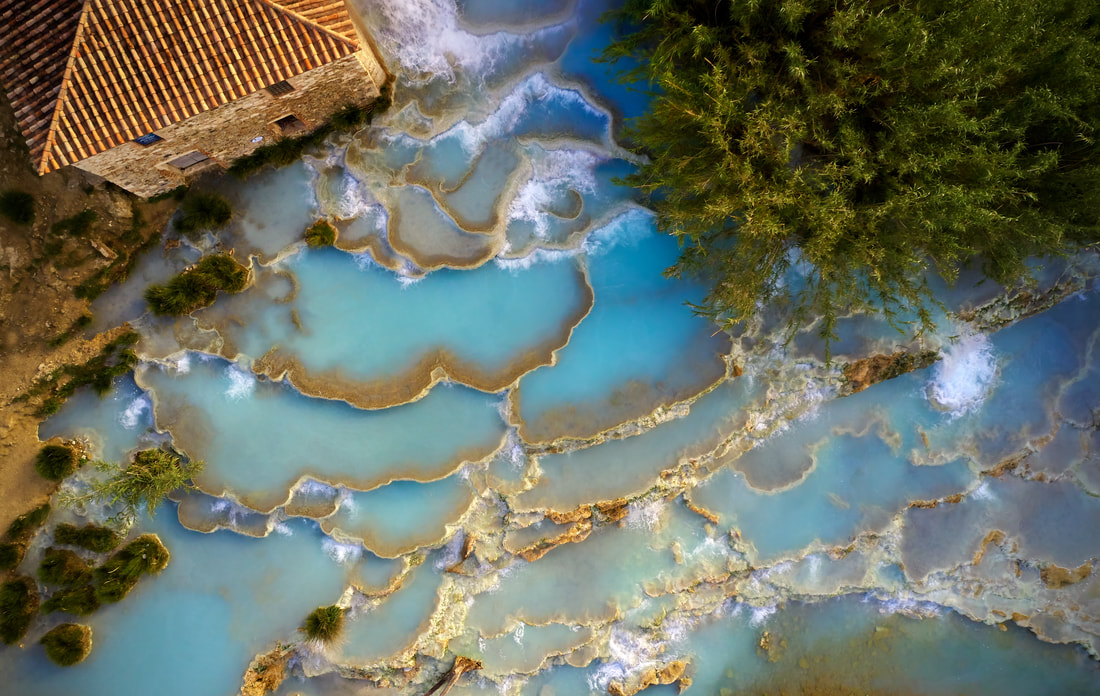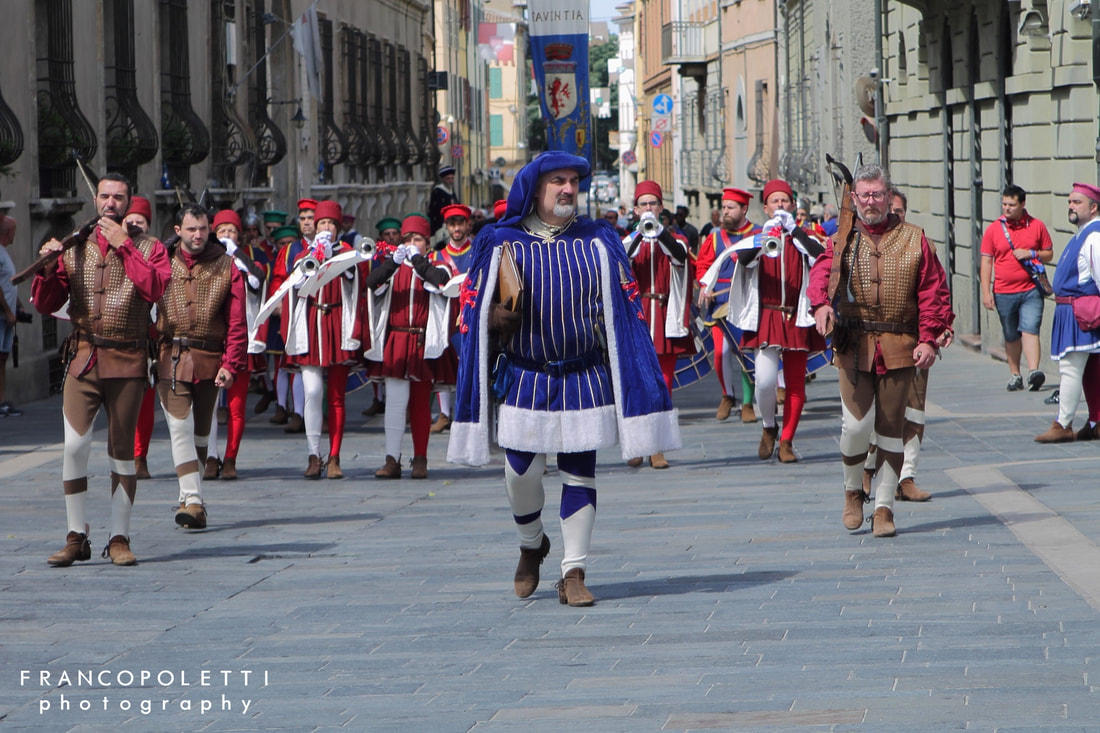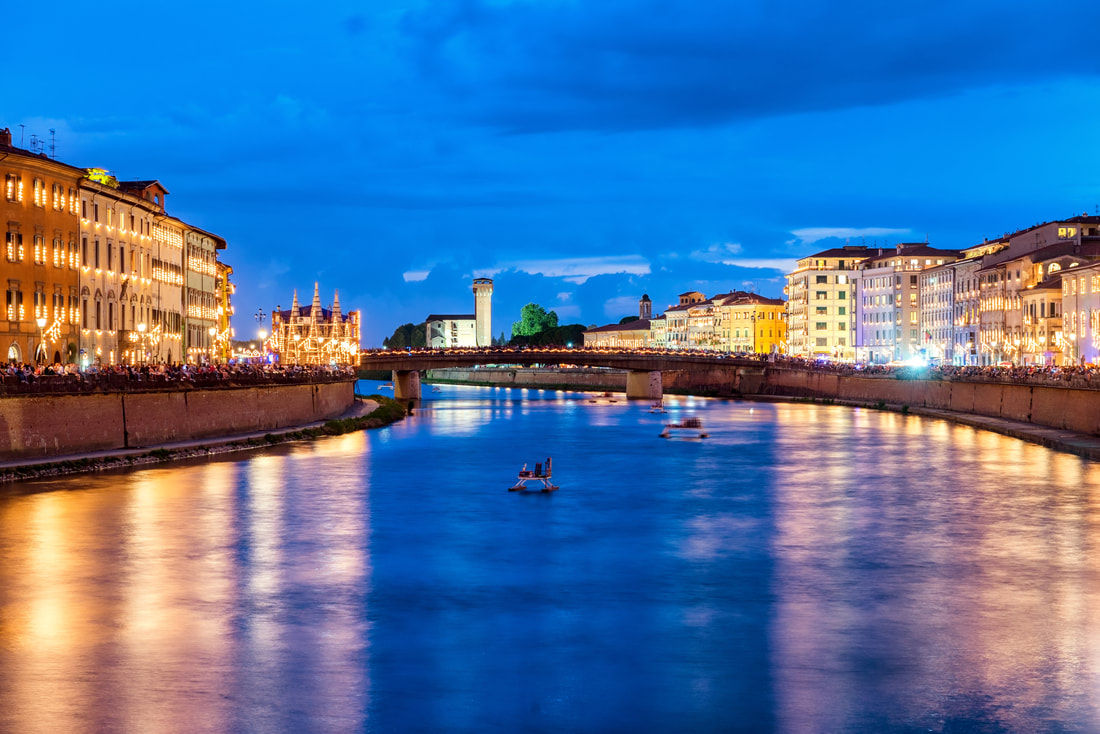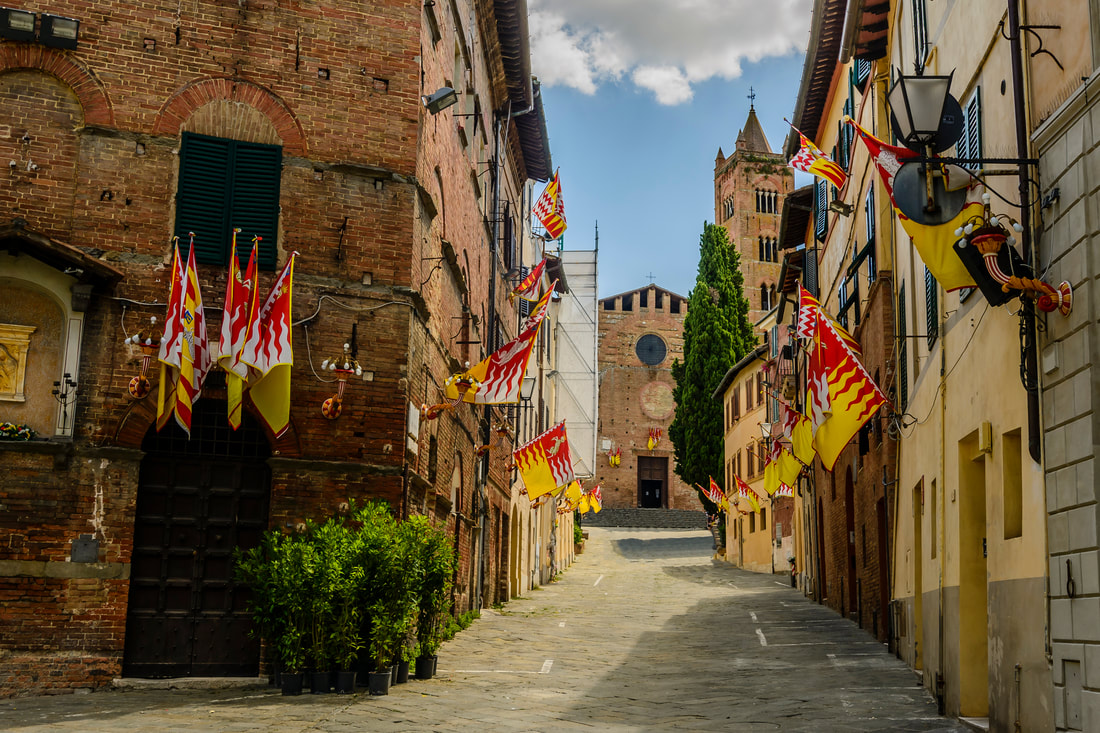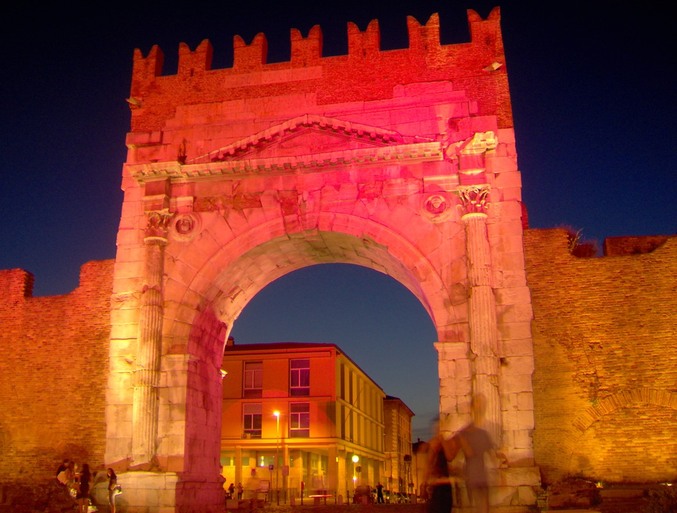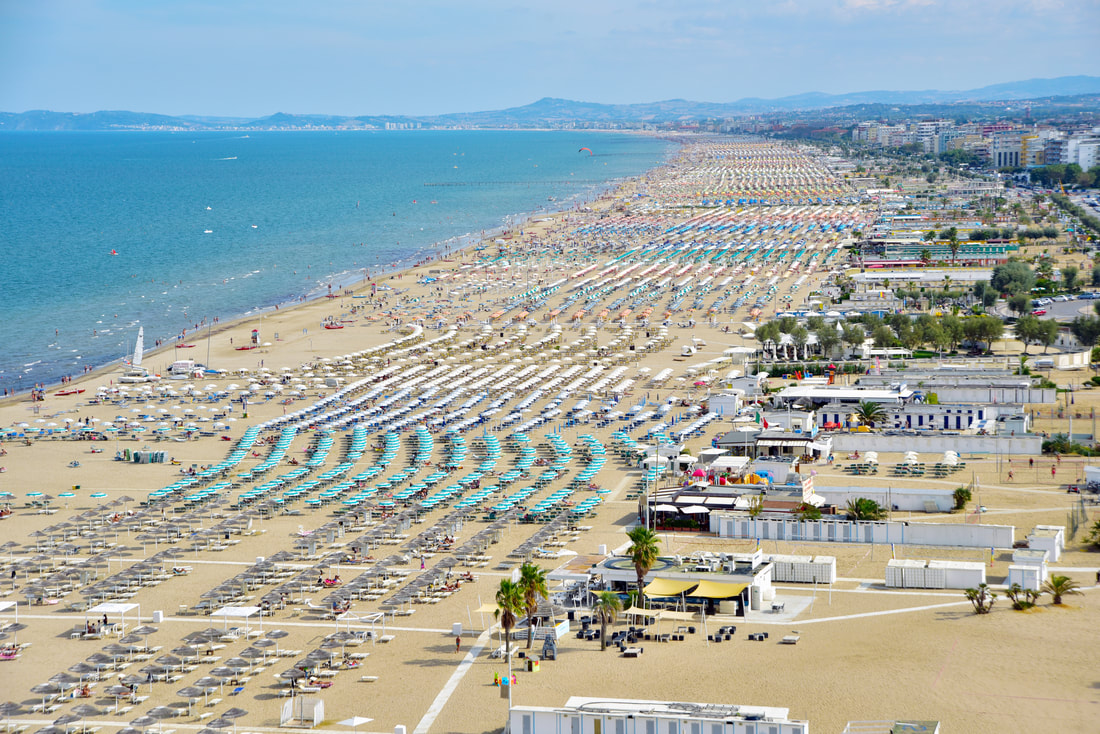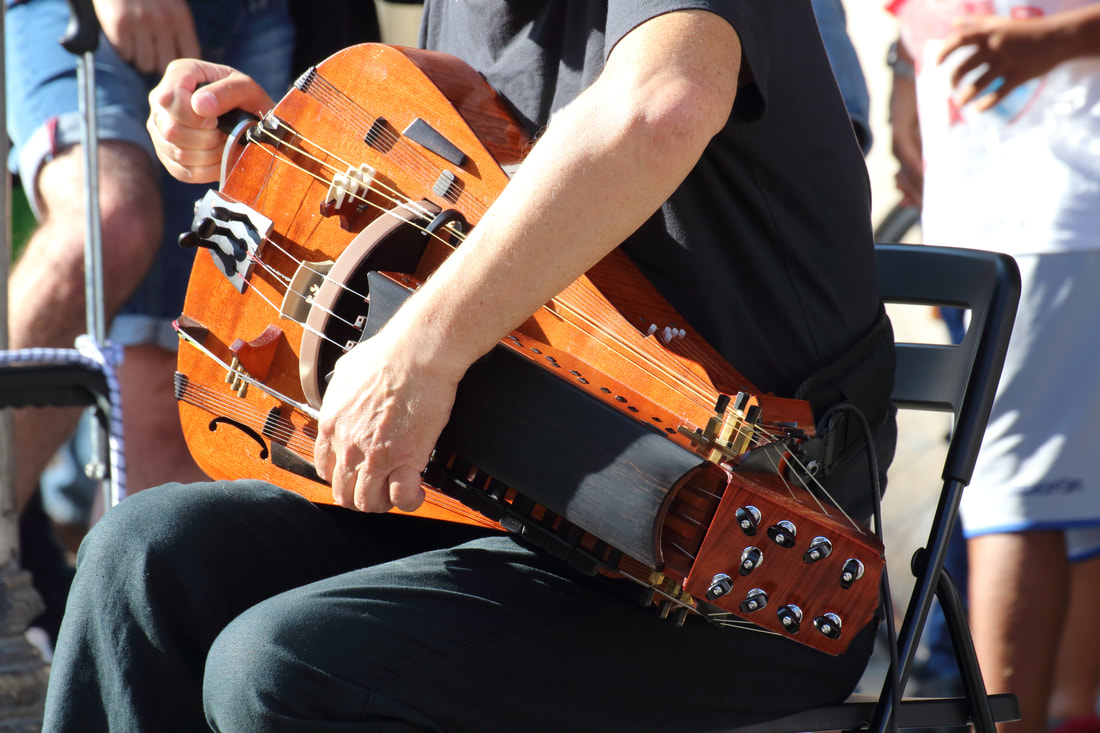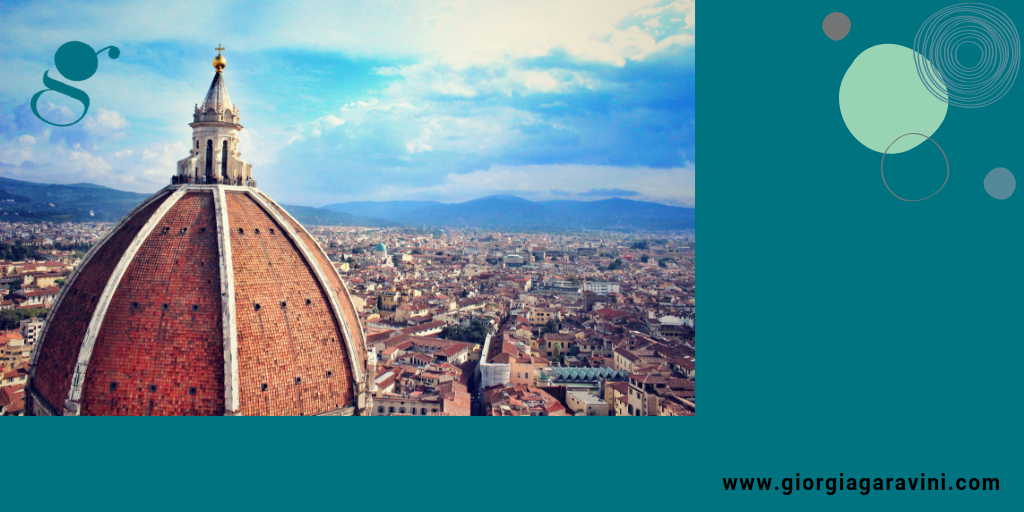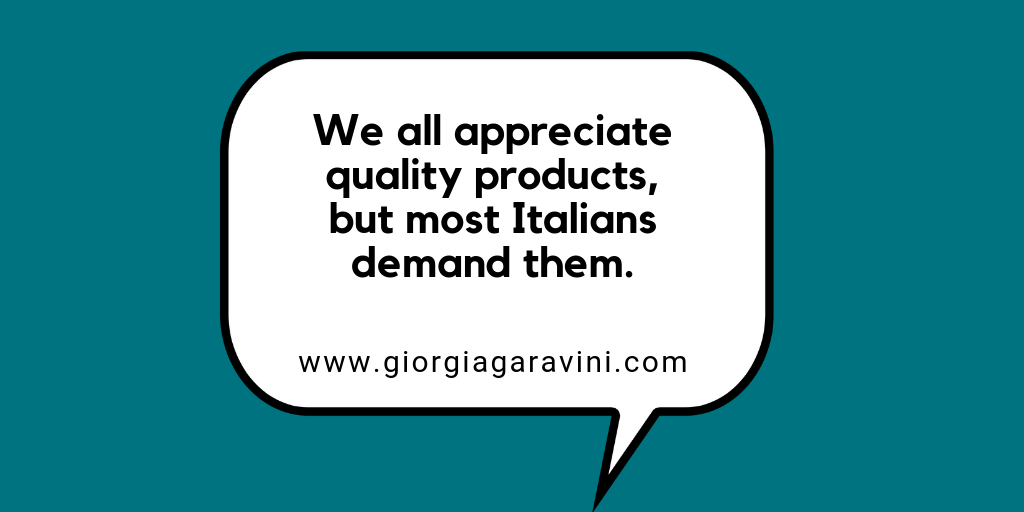Having a business blog can be a great way to drive new customers to your website.
Writing regular posts with tips and advice shows that you know what you’re talking about and can establish your company as a thought leader in your industry.
Updating your website regularly with fresh blog content can also help your site rank higher on Google, helping even more customers find you.
Writing regular posts with tips and advice shows that you know what you’re talking about and can establish your company as a thought leader in your industry.
Updating your website regularly with fresh blog content can also help your site rank higher on Google, helping even more customers find you.
But how do you make sure you’re writing a good blog post that appeals to your target audience?
1. Know your audience
First things first, establish your target audience. Think about who you want to read your blogs and bear them in mind as you write. Writing like you’re talking directly to them will ensure you appeal to their interests throughout.
2. Plan before you write
Don’t rush straight into writing a blog post. Think about the points you want to include before you start and write them in note form. Having a blog outline helps you remember to include all the points you need to and stops you going off track.
3. Write a catchy headline
Your headline is a crucial part of your post as it’s what entices people to read your blog. A good headline is catchy and relevant. Consider using one of these three headline styles:
- A question
- Numbers
- ‘How to’
4. Write an engaging introduction
Your introduction needs to present your blog topic and make your audience want to read on. If you find writing the intro difficult, write the rest of your post first, then come back to it.
5. Use keywords
Research the words people use to search for your blog topic using a tool like Google’s Keyword Planner. Include these words naturally in your blog content where appropriate.
This will increase the chances of your blog ranking for these words on Google and help your target audience find it. Make sure you write a meta title and description for your post that includes relevant keywords.
This will increase the chances of your blog ranking for these words on Google and help your target audience find it. Make sure you write a meta title and description for your post that includes relevant keywords.
6. Use subheadings
Introducing key points with subheadings can make your blog easier to read by breaking long paragraphs into smaller chunks.
7. Use bullet points or numbered lists
Using numbered lists or bullet points can also make your blog easier to digest. Listicle posts (like this one) are a popular style of blog for this reason.
8. Add an appealing cover photo
Use a relevant cover photo to attract attention to your post. Including photos in the body copy can also help keep your readers interest.
9. Write in a conversational style
Blogs are usually written in a conversational style to make them sound human and relatable. Italian blogs usually use the informal ‘you’ as a way to address a wide audience. But remember, the style you write in should be the style your target audience will respond best to.
10. Include a call to action
Tell your readers what you want them to do after reading your blog, e.g. get in touch. Don’t be afraid to link to the services you offer, or your other blogs, to encourage them to stay on your website longer. Internal links also help Google navigate your site!
Need help with writing blogs for an Italian audience?
As well as being a Certified Italian translator, I also create blog posts for English-speaking companies with Italian websites.
Get in touch for a free quote today.
As well as being a Certified Italian translator, I also create blog posts for English-speaking companies with Italian websites.
Get in touch for a free quote today.
